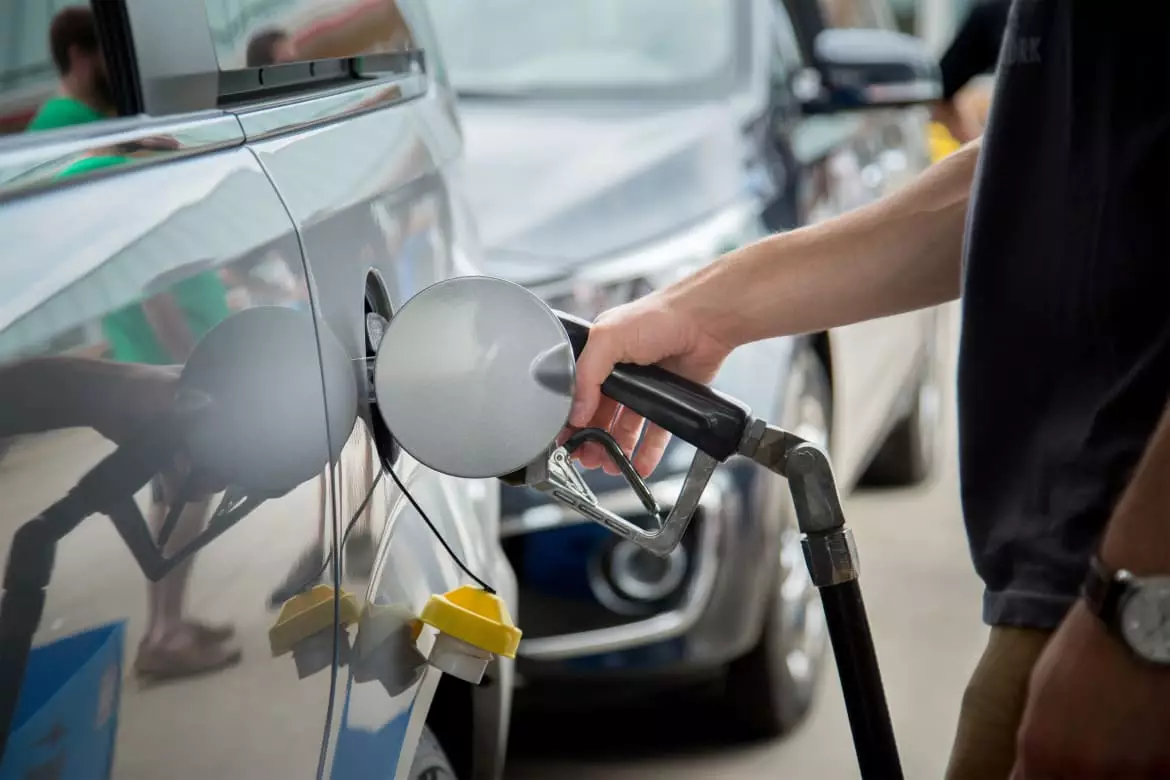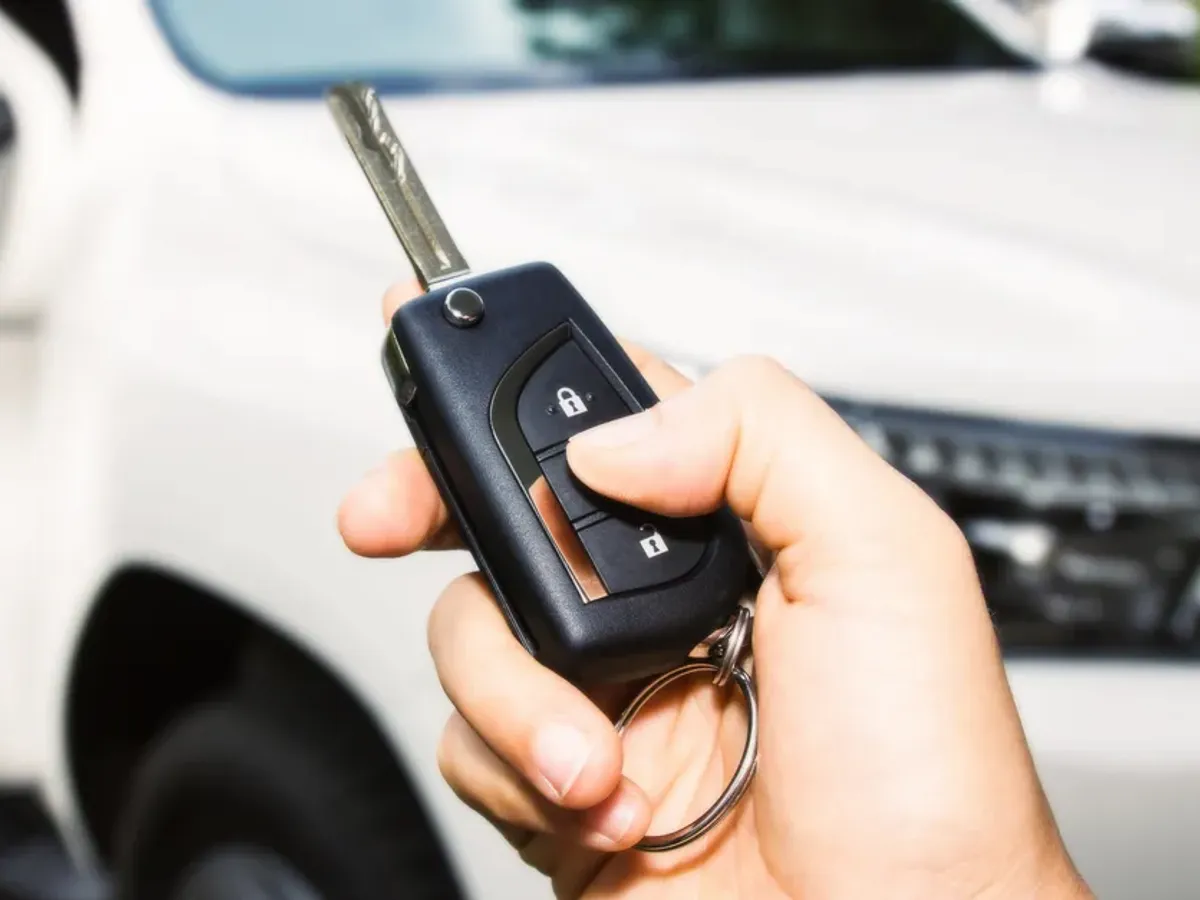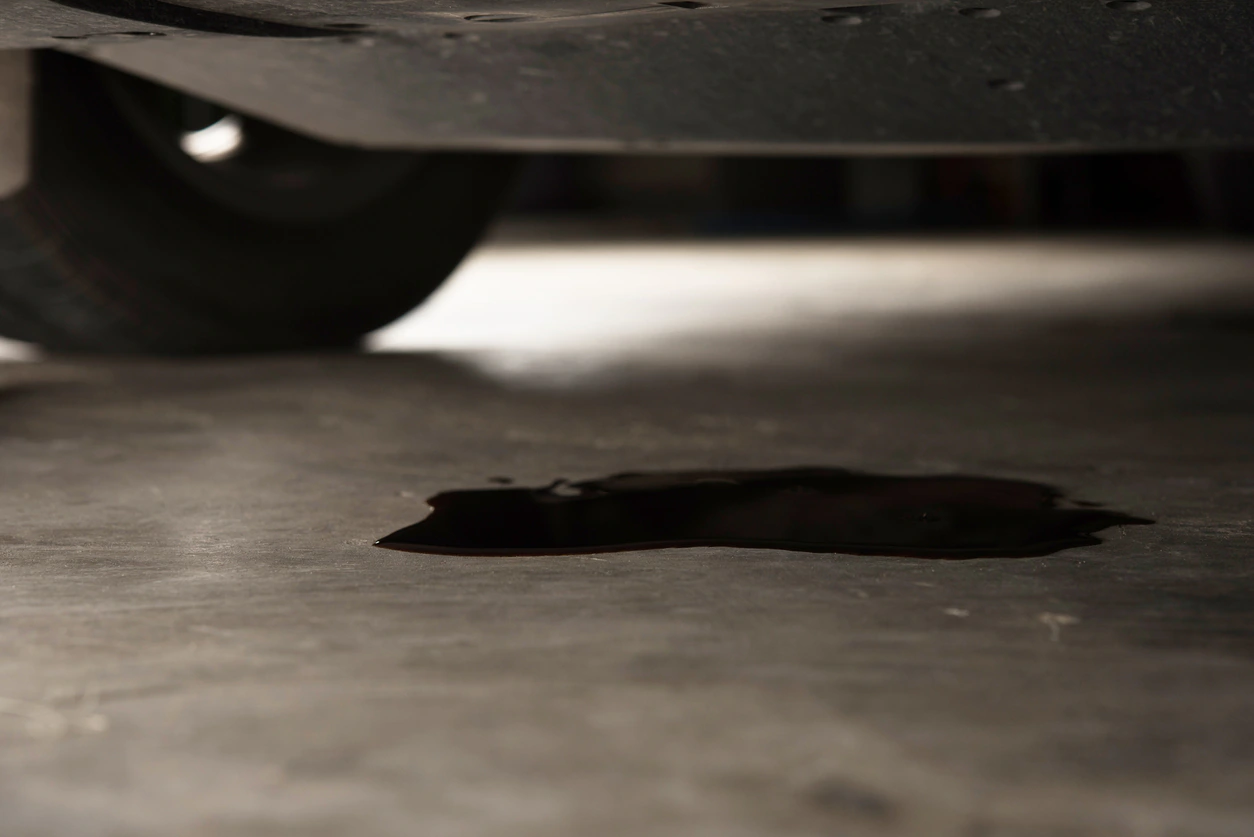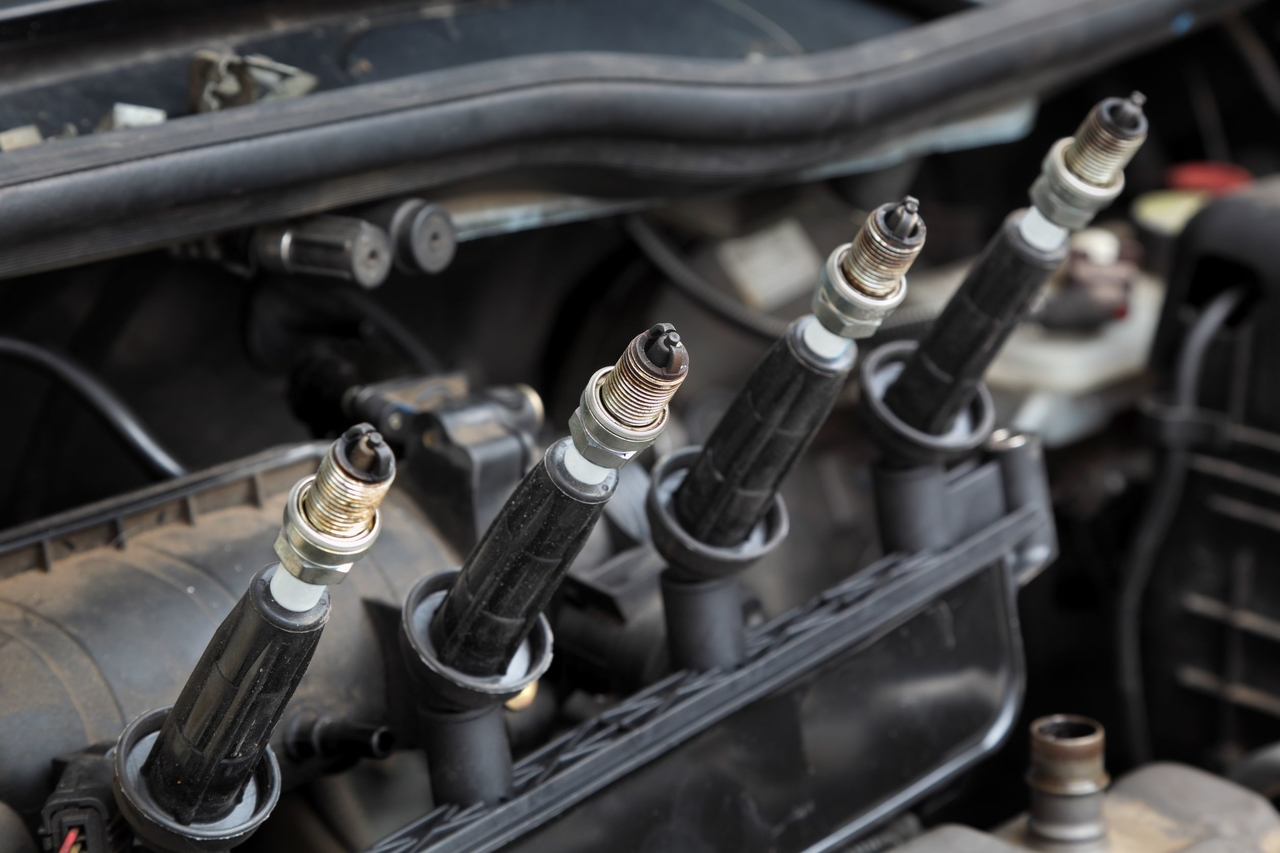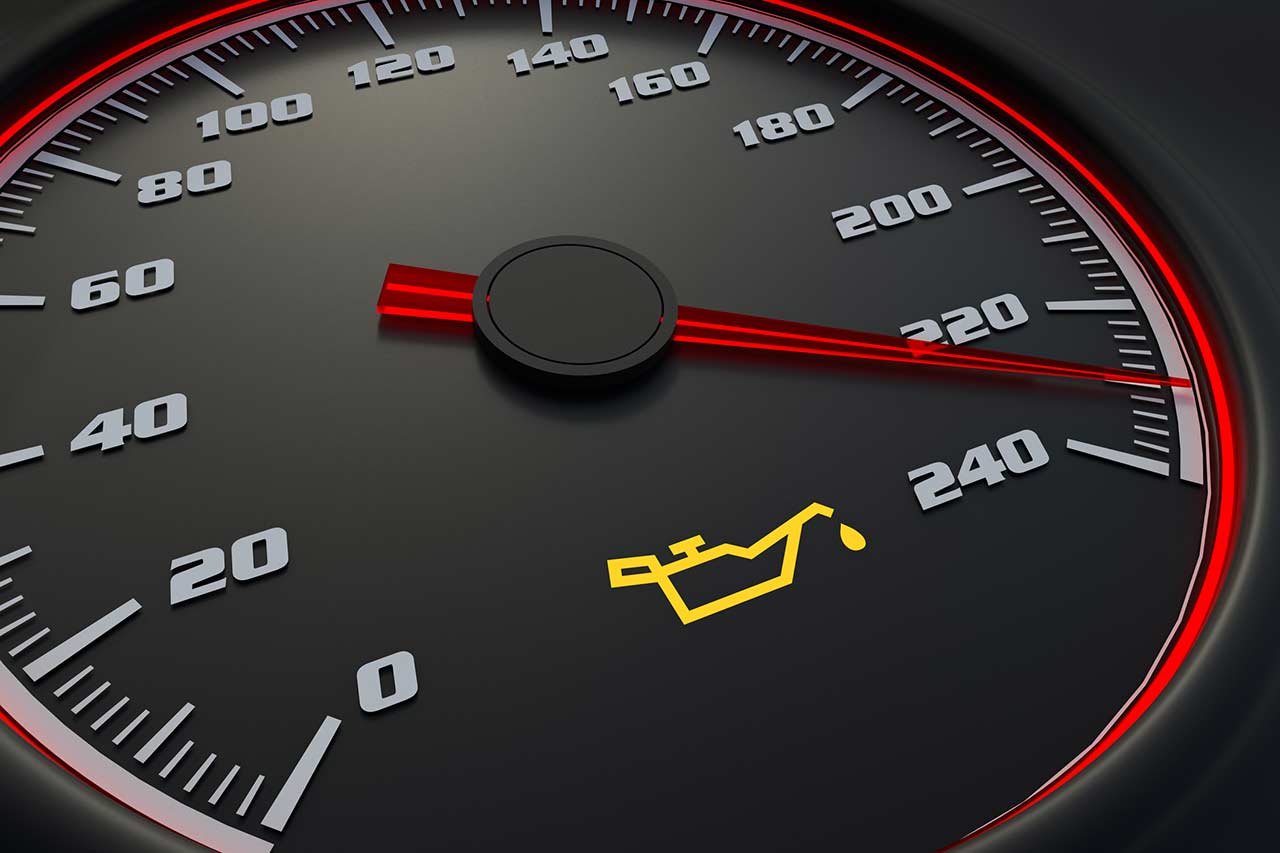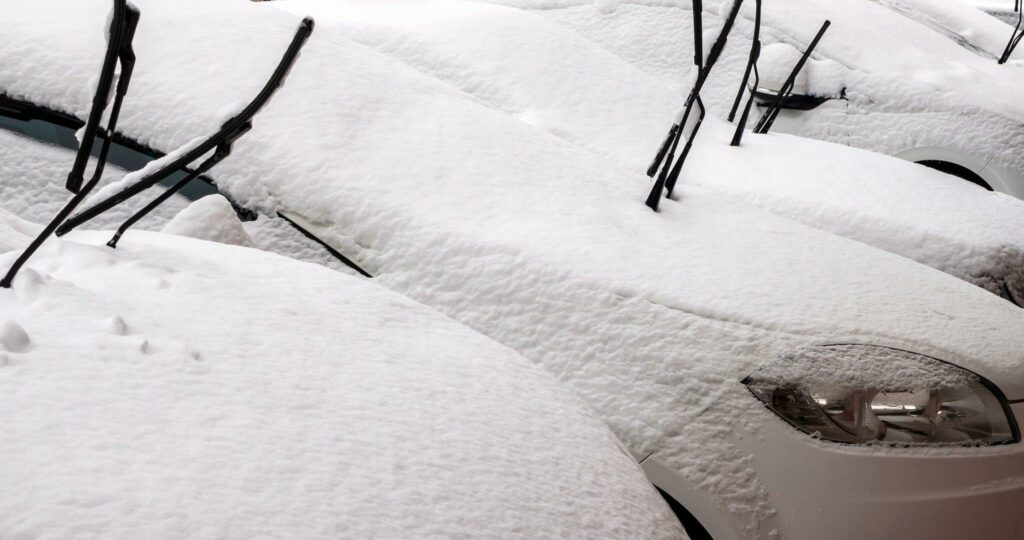There are a lot of ways to reduce your fuel consumption, even if your car has been in the driveway for a few years. Planning for a more efficient road trip, no matter how short, can save you money with fewer stops at the gas station. Here are our top 10 tips to improve your vehicle’s fuel efficiency and ultimately save you money:
1. Schedule regular car maintenance
Regular oil changes and tune-ups will help keep your car running at peak performance. Regularly servicing your car can help the engine run smoothly and use less fuel. If you can’t remember the last time you took your car in, it might be time to get it serviced.
2. Get your wheels aligned
If your wheels get misaligned by even a fraction of an inch, it is comparable to dragging your tires sideways for 102 miles every 20,000 you drive. Misaligned wheels can impact gas mileage, cause wear and tear, and reduce drivability. Want to check your tire alignment before taking it into the shop? Buy a tread depth gauge and measure. If one tire is more worn than the others, it’s likely time to get your car’s wheels aligned.
3. Drive conservatively and accelerate more slowly
Accelerating and braking quickly can make your engine work harder and burn more fuel. Avoid slamming on the brakes or accelerating rapidly, except in emergency situations.
4. Clean out your car
Extra junk in your trunk weighs down your vehicle, which means you use more gas to get around. As little as 100 pounds can reduce your fuel economy. Make sure to keep an emergency kit in your car, but remove heavy items that you don’t regularly use. Check the outside of your car for extra items that you aren’t regularly using, such as roof racks and bike racks.
5. Carpool
Not only does carpooling help save you money, but it reduces the wear and tear on your vehicle, helps reduce stress, and typically leads to increased fuel efficiency. Starting a carpool with friends or neighbors helps reduce the number of vehicles on the road and the amount of emissions.
6. Use the recommended tire pressure
If your tires are consistently underinflated, you could be wasting a lot of money on fuel. Underinflation also leads to premature tire wear and can shorten the life of your tires. Make sure to check the air pressure of your tires with a digital pressure gauge and fill your tires to the recommended pressure.
7. Limit how long your car idles
When your engine is running, your car is burning fuel. If you don’t have a newer car that automatically shuts your engine off at a stop, and if you are idling for a few minutes, consider shutting off your car to save fuel and limit emissions.
8. Replace your car air filters
A dirty air filter in your vehicle can increase fuel usage by nearly 10 percent. Make sure to check the filter when you change your oil and replace it at least once a year, or more often if you frequently drive in dirty, dusty conditions.
9. Drive within the speed limit
When you speed, your vehicle tends to consume more fuel. According to the U.S. Department of Energy, a vehicle’s gas mileage generally decreases rapidly at speeds exceeding 50 mph. Keep that in mind when driving on the highway. Driving 5 to 10 mph slower can help your car use 7%–14% less fuel. But just as highways have speed limits, nearly all localities have speed minimums for highways. Driving very fast or very slowly on the highway can be dangerous to you and the other drivers.
10. When possible, use cruise control
Try to use cruise control as much as is safely possible. This keeps your speed constant and helps reduce your fuel consumption by avoiding harsh stops and accelerations.

